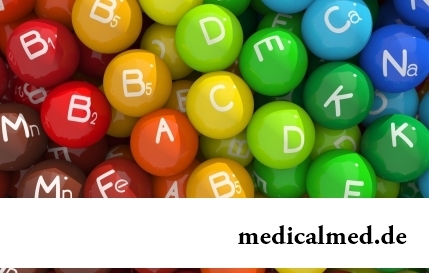





Anthocyans
Anthocyans – pigmental substances from group of glycosides. They are in plants, causing red, violet and blue colourings of fruits and leaves.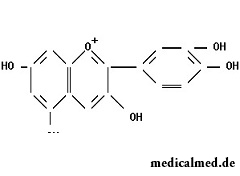
Content of anthocyans in products
Anthocyans can contain in small amounts in different products (in peas, pears, potatoes), but most of all them in a thin skin of berries and fruits with dark-violet coloring. Blackberry – the leader in the maintenance of this pigment among all berries. But also such berry plants as bilberry, a mespilus, elder, a cranberry, blueberry, contain many anthocyans.
Content of anthocyans is more in acid and dark grades of cherry, than in sweet and red. It is a lot of anthocyans in a thin skin of grapes and in the red wine received from it. White wine is made from grapes without thin skin therefore it is less rich with these pigments. Content of anthocyans defines color of grape wine.
Researches showed that bananas, though have no dark-violet coloring, too are a rich source of anthocyans.
Physical and chemical properties of anthocyans
Different coloring of anthocyans depends on with what ion the complex of organic dye is formed. So, purple-red coloring turns out if the potassium ion is a part of a complex, blue color is given by magnesium and calcium.
Properties of anthocyans to show the color depend also on acidity of the environment: than it is lower, especially red color turns out. That in the conditions of laboratory to distinguish types of anthocyans, use paper chromatography or IK-spectroscopy.
The amount of anthocyans in this or that product depends on features of climate and energy of photosynthesis of a plant. For example, in grapes the speed of formation of these substances is influenced by duration and intensity of illumination of its foliage. Different grades of grapes contain various set of anthocyans that is caused by the field and a grade of a plant.
High temperature influences color of red grape wine, strengthening it. Besides, heat treatment promotes long preservation of anthocyans in wine.
Useful properties of anthocyans
Anthocyans cannot be formed in a human body therefore have to arrive with food. In days the healthy person needs not less than 200 mg of these substances, and in case of a disease – not less than 300 mg. They are not capable to collect in an organism therefore are quickly brought out of it.
 Anthocyans have bactericidal effect – they can destroy different types of harmful bacteria. For the first time this effect was used at production of red grape wine which did not spoil at long storage. Now anthocyans are used in complex fight against catarrhal diseases, they help immune system to cope with an infection.
Anthocyans have bactericidal effect – they can destroy different types of harmful bacteria. For the first time this effect was used at production of red grape wine which did not spoil at long storage. Now anthocyans are used in complex fight against catarrhal diseases, they help immune system to cope with an infection.
On biological effects anthocyans are similar to vitamin P. So, it is known of property of anthocyans to strengthen walls of capillaries and to have antiedematous effect.
Useful properties of anthocyans are used in medicine by production of various biological additives, especially for use in ophthalmology. Scientists found out that anthocyans well collect in retina tissues. They strengthen its vessels, reduce fragility of capillaries as it happens, for example, at a diabetic retinopathy.
Anthocyans improve a structure of fibers and connective tissue cells, recover outflow of intraocular liquid and pressure in an eyeglobe that is used at treatment of glaucoma.
Anthocyans are strong antioxidants - they connect free radicals of oxygen and interfere with damage of membranes of cells. It too positively affects on health of an organ of sight. The people who are regularly eating products rich with anthocyans have acute eyesight. Also their eyes well transfer high loading and easily cope with fatigue.
The stomach of the person not bad copes with foreign objects and without medical intervention. It is known that the gastric juice is capable to dissolve even coins.
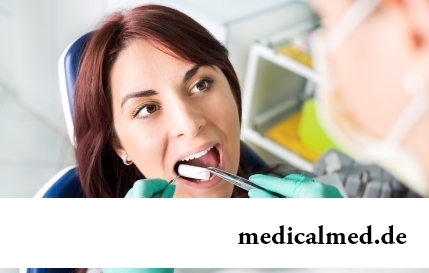
Condition of lips (their morbidity, outward) – one of indicators of health of the person. Peeling, dryness, pallor, and also трещ...
Section: Articles about health
Statistically cystitis 25-30% of women up to 40 years have. With age this indicator raises, besides many do not get to statistics because do not see a doctor. The most sad that after the regular visits to doctors, long reception of antibiotics...
Section: Articles about health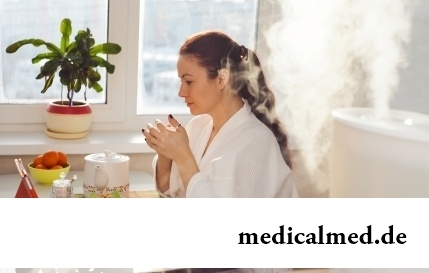
Shops of household appliances offer us the huge choice of various devices for the house. Whether there are among this abundance devices which not only facilitate house work, but also help to keep health of the person? Of course, and we will tell about them today....
Section: Articles about health
The pine is one of the most widespread plants of our woods. Its needles and pitch not without reason called by "gallipot", since ancient times испол...
Section: Articles about health
Iodine - one of thirty most important microelements in our organism. The main role of iodine consists in synthesis of thyroid hormones of a thyroid gland - the substances which are responsible for the majority of exchange processes of an organism. It is known that thyroid hormones consist...
Section: Articles about health
The person, as well as all other beings living on our planet feels weather changing. It is the normal meteosensitivity which is not causing to healthy people of special troubles. Meteodependence, on the contrary, is the morbid condition which is characterized by an exacerbation of chronic illnesses at change of air temperature, differences of atmospheric pressure, wind strengthening, magnetic storms and other "surprises" on which the nature is so generous. The people suffering from meteodependence have to з...
Section: Articles about health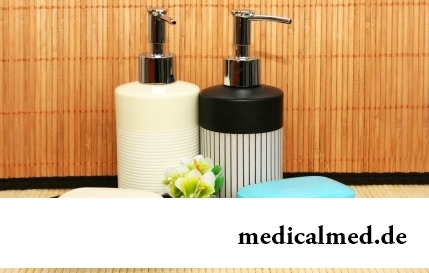
Among a set of the perfumery and cosmetic goods which are released today the special group is made by the means containing anti-bacterial...
Section: Articles about health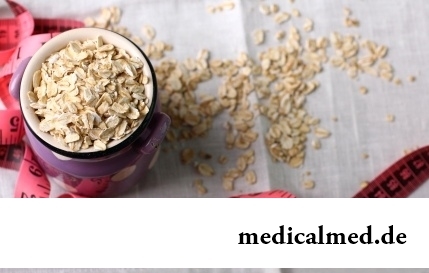
The list of stereotypes of which, apparently, all know strongly includes following: British surely eat porridge for breakfast. Perhaps, not all modern residents of Britain arrive quite so, but for those from them which continue to follow this t...
Section: Articles about health
Diapers for adults – individual one-time means of hygiene which in some situations is irreplaceable and from such situations any person is not insured. Though nobody perceives need of their use with enthusiasm, however without such means already problematic situation could be heavier....
Section: Articles about health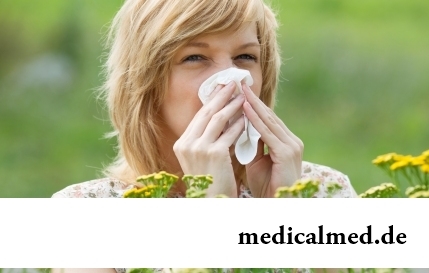
There comes the season of issues. Many Russians already dream of outdoor recreation, trips, beautiful seaside beaches....
Section: Articles about health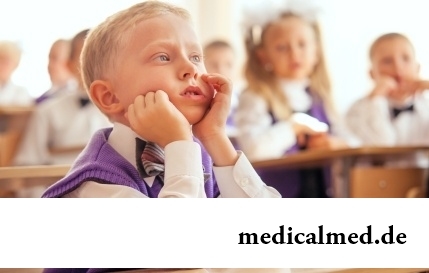
Since the moment when the child becomes a school student, his sight begins to be exposed to the strengthened loadings which are supplemented with viewing of animated films and long computer games. During this period of life of the child development not completely created bodies to a zra...
Section: Articles about health
Eyes – one of the most vulnerable areas on a face therefore age changes concern them first of all. Whether it is possible to keep look youth for many years and what procedures are offered for achievement of this purpose by cosmetologists? And maybe, the only option of rejuvenation is surgery – a blepharoplasty? Let's try to understand this question....
Section: Articles about health
Stability of a hormonal background is one of the most important conditions of preservation of health of the woman. At the same time endocrine system –...
Section: Articles about health
Statistically, at the address to doctors seven of each ten patients complain of a headache. Actually it is much more people who are periodically feeling unpleasant feelings such. Many people, apart from a headache the reason for serious fear...
Section: Articles about health
Many parents of children at the age of 2-4 years face excessively whimsical behavior of the child. The kid exhausts constant crying and whims not only the parents, but also himself. In what the reasons of children's whims. And how to fight with them?...
Section: Slideshow
Phobia – the persuasive fear of a certain contents shown in a specific situation against the will of the person. Concepts of a phobia and fear...
Section: Articles about health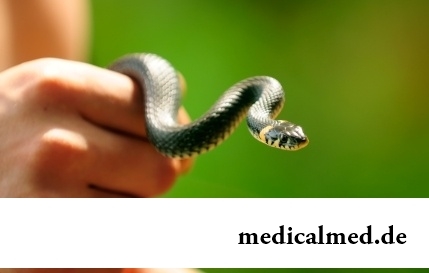
Health and attractiveness - eternal values, pursuing which people often use the most unusual ingredients and technicians. Let's consider 11 most exotic and sometimes not most pleasant Spa procedures to which the person in a pursuit for beauty agrees...
Section: Articles about health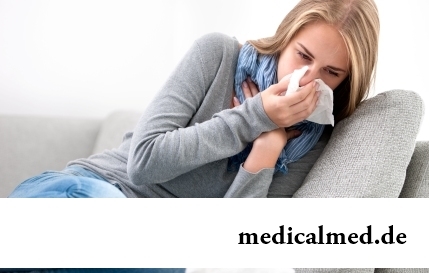
Cold is such painful that each sigh becomes a victory, heat "knocks" down, and the ache in joints forces to think only of pain. Some people with approach of the first symptoms of cold make the self-sacrificing decision to have a disease standing, and at best to rest in bed with a cup of hot tea. There is an opinion that if not to treat cold, then the organism itself, sooner or later, will overcome an illness. Whether so it? It is known that if in time it is simple not to begin treatment, apparently, harmless...
Section: Articles about health
The thought that the mass of their body is too big at least once in life visits from 80 to 95% of women. Many...
Section: Articles about health
We present to yours the TOP of the medicamentous means exerting the stimulating impact on a potentiality, i.e. on ability of the man to commission of sexual intercourse. At once it is necessary to tell that not always disturbances of erectile function can be eliminated with reception of t...
Section: Articles about health
EKO, or extracorporal fertilization - a method of treatment of infertility which became the reason of a set of broken-down copies in due time accused the people working on its creation neither more nor less of rivalry good luck. Already very few people deny the right of a method for existence, and to surprise nobody with "children from a test tube". And nevertheless, a certain magic in the procedure of artificial fertilization is, process of origin of new life is always a secret, and even it р now...
Section: Articles about health
Radiological methods of a research are applied in medicine more than hundred years, and thanks to them millions of lives were saved. In m...
Section: Articles about health
The advantage of swimming for the person is so high that this sport is not only the most popular, but also is widely applied in medicine and rehabilitation processes. If you look for for yourself the occupation allowing pleasantly and to spend time, then swimming with advantage...
Section: Slideshow
The words "disease" and "patient" not without reason come from one root – "pain". As a rule, symptoms of illnesses thoroughly spoil to patients life. However from this rule there are exceptions. Some diseases are shown by signs which can cause even positive emotions. It is a pity only that the majority of such illnesses are heavy and incurable....
Section: Articles about health
Heart disease and blood vessels lead to disturbance of blood supply of bodies and fabrics that involves failures in their works...
Section: Articles about health
All got used long ago that, having addressed the plastic surgeon, it is possible to modify natural parameters of a figure or to minimize the damages put to appearance with ruthless time. Many people (preferential women) worldwide е...
Section: Articles about health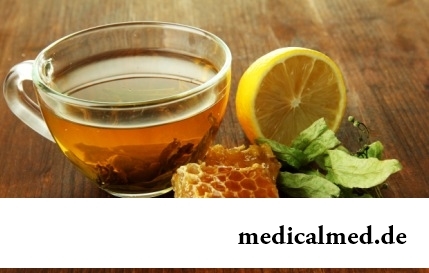
Cold – a state known to everyone which is followed by cold, cough, high temperature, a pharyngalgia. Often the first that we begin to do in hope again to become healthy – to accept medicines which are not always harmless whereas it is easy to facilitate displays of a disease by means of natural means. They not only softly eliminate disease symptoms, but also enrich the weakened organism with useful substances. We present you 8 drinks which are successfully used for...
Section: Articles about health
